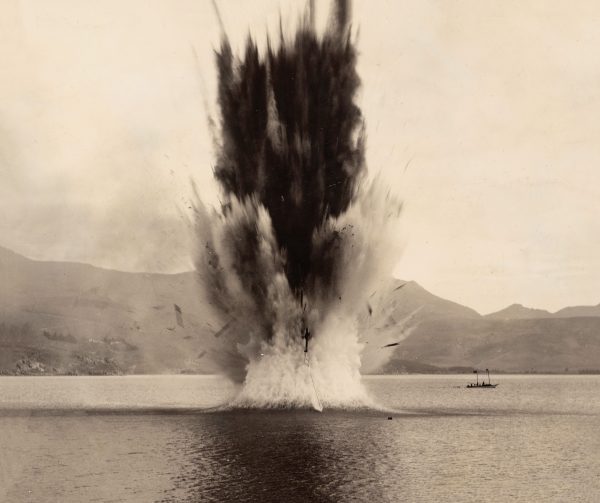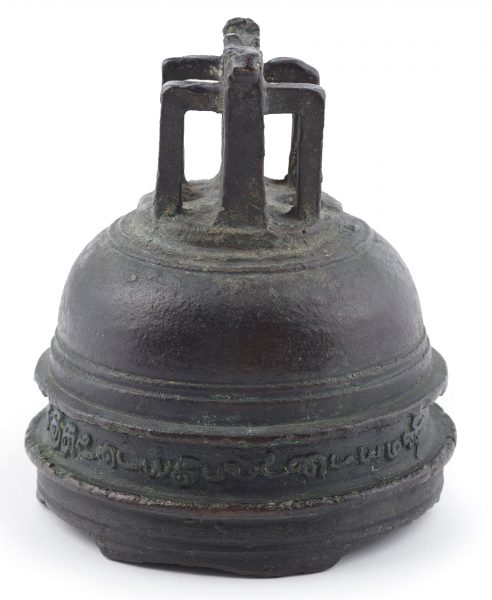Template for adventure
Shackleton’s whaleboats

Dargaville boat builders John and Kelly Hansen were transported back in time in April this year when they discovered pencil markings on the floor of an old boatshed they’re renovating on the banks of the Northern Wairoa River.
Two kauri lifeboats used on Ernest Shackleton’s Nimrod Expedition (1907–09) were built in the shed and the lines the brothers uncovered are believed to have been sketched during their construction.
“It’s absolutely fascinating,” says John Hansen, who describes the century-old markings as “important to New Zealand maritime history and to the country as a whole”.
Boat building in the early 1900s involved drawing full-scale sections on the floor, a process known as “lofting”. Nails were hammered along the sketched lines at intervals and thin wooden faring battens bent through the nails to achieve the desired shape. This was used as a template from which a number of boats were built. “It sped up the process,” explains John, “kind of like a production line.”
From his base in England, Shackleton commissioned Swedish-born Erik Thompson and his son Charlie to build the boats. “He had probably heard about them from somebody he met on the Discovery Expedition [1901–04],” says Natalie Cadenhead, curator of Antarctic Collections at Canterbury Museum. He was clearly pleased with the boats. In a letter to the Thompsons dated April 10, 1909, Shackleton wrote that they “gave every satisfaction under trying conditions in the Antarctic. They proved to be admirably suited for the work of the Expedition and reflected great credit upon your firm.”
Often called whaleboats, these lifeboats were similar to traditional “whale-chasers”. About 24 feet (7.3 m) long, relatively narrow and pointed at both ends, they could be manoeuvred forwards and backwards with ease and beached and refloated without needing to be turned. The lifeboats could fit six people comfortably and were also used to ferry supplies from the main vessel to shore.
The most famous of the Antarctic whaleboats was the British-built James Caird—the boat Shackleton, Tom Crean, John Vincent, Harry McNish, Frank Worsley and Tim McCarthy modified and sailed 1300 kilometres to find help for their crew during the Endurance Expedition (1914–17). The Endurance’s remaining lifeboats were used, upturned, as shelter by the crew, who spent 105 days on Elephant Island awaiting rescue.
The Thompsons also built lifeboats for Douglas Mawson’s Australasian Antarctic Expedition, which left Hobart in December 1911.
The Hansens are investigating ways of preserving the lofting floor and markings while carrying on this grand tradition, building boats in the bottom storey of the old shed.

















